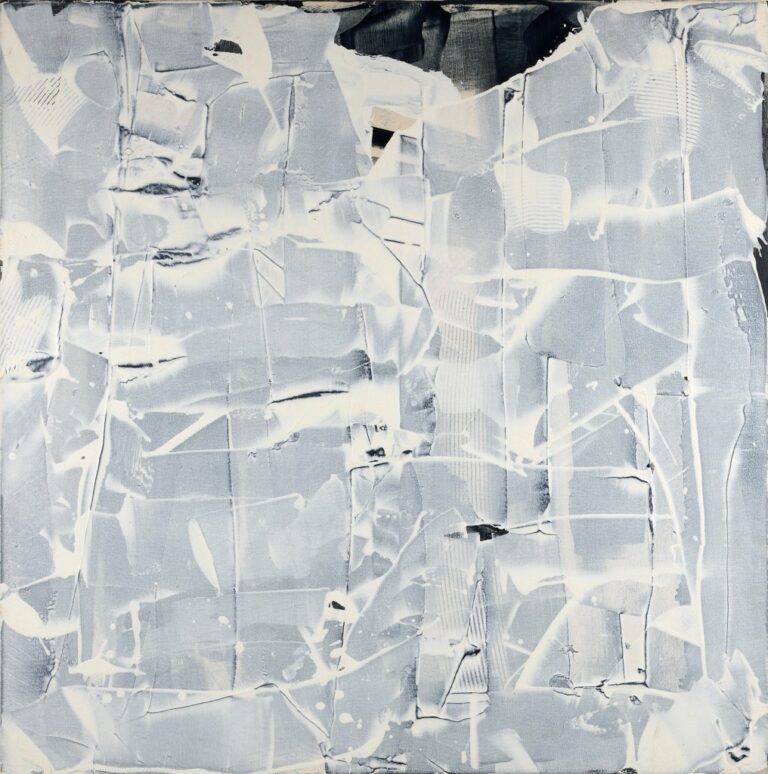


Lisa Yuskavage: Drawings is in the Morgan Library & Museum’s small Thaw Gallery, but it fits in a lot of bare breasts, tumescent tummies, and perfectly rounded bottoms. All are skillfully rendered, and belong to women with few individualizing features. Visiting the show is a little like coming upon J. P. Morgan’s secret Playboy grotto.
But what caught my attention more than the exhibition’s works were a few words on the institution’s website: “female transgression and empowerment.” Terms like “transgression” come up a lot in texts about Yuskavage and her art, often in a positive light. So do “provocative” and “vulgar,” usually used to signal the stuffiness of art types.
Yuskavage portrays her subjects in scenarios that range from voyeuristic to demeaning. Yet these are young, White women — sexy naifs and sex kittens — with bodies and faces that conform to familiar Western beauty standards even (or sometimes especially) in their cartoonishly exaggerated forms. While paintings like the self-explanatory “Pie Face” and the related “Ficus” (2007 and 2008, not in the show) may trigger women’s anxieties about sexual harassment and violence, the figures embody a patriarchal status quo of feminine desirability, and the privileges that come with it.

I’m not suggesting that Yuskavage’s imaginary women have it easy. But when a writer asserts that a portrait of a conventionally attractive woman pulling up her top to expose her naked body, for instance, is transgressive, where does that leave people who are stigmatized rather than celebrated as transgressive? In other words, a nude, blond, coquettish woman painted in saturated hues, with oversized “knockers” (yes, they’ve been called that), may mock outdated standards of taste in art circles that have never seen Paul McCarthy slathered in ketchup — or any number of truly subversive women performance artists. Yet in the broader cultural sphere, they reiterate cis-het ideals of femininity. Real transgression — the kind that doesn’t pique such interest from art dealers and collectors — is reserved in our society for marginalized figures: for starters, women of color, trans women and men, gender-nonconforming people, and anyone living with disabilities or veering from culturally approved standards of weight, height, or even symmetry.
From this vantage point, are Yuskavage’s epitomes of the feminine, to paraphrase a recent article, really challenging anything? Or, perhaps more to the point, what’s gained by making the artist into a provocateur?

Among the gems I read about Yuskavage after seeing the show, this line by critic Christian Viveros-Fauné is a standout: “Within her own medium, the Philadelphia-born, Yale-educated artist’s influence appears both general and specific — like the color of the sky or the average woman’s self-image.” Thanks for that insight; I’m sure the “average woman” appreciates it.
Statements like this are insidious because they perform the very misogyny that’s often attributed to the artist. In the same vein, critics’ fetishization of this work as exciting or empowering (to whom?) in its forbidden glimpses of flesh speaks to the deep entanglement between heteronormative models of female desirability and objectifying and debasing visuals of women. We don’t even need to look at porn, one of Yuskavage’s early sources, for proof; we can just sit at Hooters and read the latest issue of Maxim. Or watch practically anything on TV. Calling this art provocative or confrontational creates only an illusion of empowerment, as such descriptors are withheld from so much art by women and about women’s issues. For some critics, like Viveros-Fauné, it’s also a way of dismissing anyone who’s not on board with the content, the so-called “finger-waggers.”

According to other past reviews, the work is additionally capable of “reclaiming and upending the nude” (W Magazine) and “turning the male gaze inside out,” as well as “illuminat[ing] present feminine discontents” (both from The New Yorker, the latter with the title “Girls, Girls, Girls,” a la Mötley Crüe). Some comments are illuminating, but likely not in the way that the author intended, as in an essay on the Morgan’s website: “With her images, Yuskavage confronts the internalized attitudes of viewers, encouraging us to grapple with the power dynamics and social conditions that inevitably shape us.” It’s worth noting the universal “us” that’s used over and over in these texts. Those who inhabit unidealized or othered bodies face very different social conditions than the artist’s theoretical subjects — they confront such power dynamics every day.
This isn’t just about Yuskavage, though. It’s a larger question of who in art, or broader culture, is allowed to be transgressive, and who reinforces those decisions — here, the art critics and curators who posit go-to ideals of womanhood as a tantalizing challenge to propriety. Positioning the dominant culture at both the center and periphery is an easy way to erase anyone who is actually struggling for recognition at the margins of our social system. Any Playboy Bunny can tell you: Sex alone doesn’t upend the status quo.



Lisa Yuskavage: Drawings continues at the Morgan Library & Museum (225 Madison Avenue, Murray Hill, Manhattan) through January 4, 2026. The exhibition was curated by Claire Gilman.

